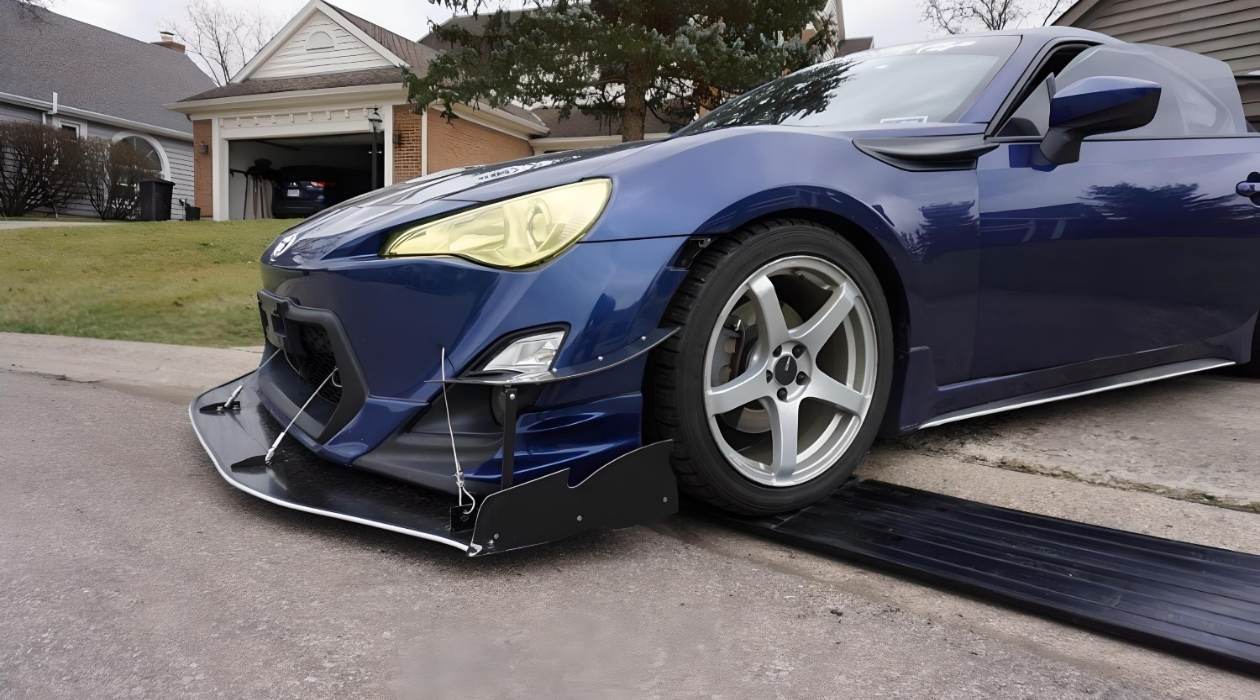

Articles
How To Get A Low Car Up A Steep Driveway
Modified: August 27, 2024
Learn effective techniques and tips from our informative articles on how to safely drive a low car up a steep driveway.
(Many of the links in this article redirect to a specific reviewed product. Your purchase of these products through affiliate links helps to generate commission for Storables.com, at no extra cost. Learn more)
Introduction
Getting a low car up a steep driveway can be a challenge. Whether you own a sports car with a low clearance or a modified vehicle with lowered suspension, navigating a steep incline can be daunting. However, with the right approach and some simple techniques, you can overcome this obstacle and safely maneuver your car up the driveway.
In this article, we will discuss effective strategies for getting a low car up a steep driveway. We will explore methods to improve traction, clear the path, utilize momentum, adjust tire pressure, engage the parking brake, install traction aids, and seek professional help. By understanding these techniques and implementing them correctly, you can conquer even the most challenging driveways without causing damage to your vehicle.
Before we delve into the specific strategies, it’s crucial to assess the situation and determine whether your vehicle has the capabilities to tackle the steep driveway. Factors such as ground clearance, wheelbase, and the grade of the incline should all be taken into consideration. It’s essential to have a realistic understanding of your vehicle’s limitations to avoid potential damage or getting stuck midway.
Now, let’s explore each method in detail and equip you with the knowledge and confidence to navigate your low car up a steep driveway.
Key Takeaways:
- Assess the situation, improve traction, clear the path, and engage the parking brake to safely navigate a low car up a steep driveway. Combine techniques for a successful ascent without vehicle damage.
- Utilize momentum, adjust tire pressure, install traction aids, and seek professional help when needed to conquer challenging driveways with a low car. Prioritize safety and preparedness for a smooth ascent.
Read more: How To Fix Steep Driveway
Assessing the Situation
Before attempting to drive your low car up a steep driveway, it’s crucial to assess the situation carefully. Evaluating the factors at play will help you determine the best course of action and minimize the risk of damage to your vehicle.
The first consideration is your car’s ground clearance. Low-slung sports cars or vehicles with modified suspensions often have minimal ground clearance, which can make navigating steep driveways a challenge. Assess the distance between the lowest point of your car’s undercarriage and the ground to determine if it is sufficient to clear the driveway without scraping or bottoming out.
Next, evaluate the wheelbase of your vehicle. Some short-wheelbase cars may struggle to maintain traction on steep inclines, as weight distribution can become uneven. Longer wheelbase vehicles tend to have better stability and weight distribution, making them more suitable for tackling steep driveways.
The grade of the incline is another critical factor to consider. Steeper driveways present a greater challenge, requiring more power and traction to ascend. Determine the degree of the incline by using a carpenter’s level or an angle finder. This will help you gauge the severity of the slope and assist in selecting the appropriate method for ascending it.
Finally, assess the condition of the driveway surface. If the pavement is slippery or covered in gravel, mud, or ice, it will make the ascent much more difficult. Take note of any obstacles or debris that may impede your progress and consider clearing them before attempting to climb the driveway.
By thoroughly assessing these factors, you will have a clearer understanding of the challenges ahead and can make an informed decision regarding the best approach to navigate your low car up the steep driveway.
Improving Traction
One of the key factors in successfully driving a low car up a steep driveway is improving traction. By maximizing the amount of grip between your tires and the pavement, you can increase the likelihood of a successful ascent. Here are some strategies to enhance traction:
- Choose the Right Tires: Opt for tires with excellent traction capabilities, especially if you live in an area with challenging weather conditions. Look for tires that are specifically designed for high-performance or all-season use, as they often provide better grip on various surfaces.
- Check Tire Pressure: Ensure that your tires are properly inflated. Underinflated tires can reduce traction, especially on slippery surfaces. Refer to your vehicle’s manual or the sidewall of the tire for the recommended tire pressure and adjust accordingly.
- Consider Winter Tires: If you regularly experience snow or icy conditions, investing in winter tires can significantly improve traction. Winter tires are designed with special tread patterns and rubber compounds that maximize grip on slippery surfaces.
- Use Traction Compound: Applying a traction compound to your tires can provide additional grip on the driveway surface. Traction compounds are available in spray or liquid form and are typically used in racing applications. Follow the instructions provided by the manufacturer for safe and effective usage.
- Install Tire Chains: If you’re dealing with extremely slippery conditions, such as ice or packed snow, installing tire chains can greatly enhance traction. Tire chains wrap around the tire tread, providing better grip on slippery surfaces. Ensure you follow the manufacturer’s instructions for correct installation and removal to avoid damaging your tires.
By implementing these strategies to improve traction, you can minimize the chances of your low car slipping or losing grip while attempting to drive up a steep driveway. Remember to combine these tactics with other techniques discussed in this article for a comprehensive approach to conquering steep inclines.
Clearing the Path
Clearing the path is an essential step in safely driving a low car up a steep driveway. Removing any obstacles or debris from the driveway will not only prevent damage to your vehicle but also ensure a smoother and more controlled ascent. Here’s what you can do to clear the path:
- Remove Loose Gravel or Rocks: If the driveway is covered in loose gravel or rocks, it can pose a traction problem for your low car. Use a broom or rake to clear away any loose debris before attempting to drive up.
- Check for Overhanging Branches or Foliage: Hanging branches or foliage can scrape against your low car’s roof or sides, causing damage. Trim any overhanging branches or plants that might obstruct your path or potentially scratch your vehicle.
- Inspect for Potholes or Cracks: Driveways with potholes or large cracks can pose a risk to your low car’s suspension and undercarriage. If possible, fill any potholes or repair cracks prior to attempting the ascent.
- Clear Snow or Ice: If you’re dealing with snowy or icy conditions, it’s important to clear as much snow or ice from the driveway as possible. Use a snow shovel or ice scraper to remove the buildup and create a clear path for your vehicle.
- Ensure Proper Drainage: If there are areas of standing water or poor drainage on the driveway, it can affect traction and potentially cause hydroplaning. Assess the drainage situation and address any issues before attempting to drive up the incline.
By taking the time to clear the path, you minimize the risk of damage to your low car and create a safer environment for the ascent. Ensure that the driveway surface is free from debris and obstructions, providing a clean and clear path for your vehicle’s tires to grip and make a successful climb.
Using Momentum
When driving a low car up a steep driveway, utilizing momentum can be an effective technique to overcome the incline. By building up speed and maintaining a steady pace, you can use the vehicle’s kinetic energy to assist in ascending the driveway. Here’s how you can make the most of momentum:
- Approach the Driveway with Speed: Begin your approach to the driveway with a moderate amount of speed. However, it’s important to strike a balance as excessive speed can be dangerous and compromise control over the vehicle.
- Release the Gas Pedal: As you approach the incline, release the gas pedal to allow the car to naturally slow down while coasting up the driveway. Avoid using the brake pedal as it can disrupt the forward momentum.
- Maintain a Steady Pace: Once on the incline, maintain a steady and consistent pace to maintain the momentum. Avoid sudden acceleration or deceleration, as it can cause the car to lose traction or stall.
- Use a Lower Gear: If your car has a manual transmission, downshift to a lower gear before starting the ascent. This will provide increased torque and power to assist in climbing the incline.
- Keep a Safe Distance: It’s important to maintain a safe distance from any vehicles or objects in front of you while using momentum. This allows you to react appropriately and make adjustments to your speed if necessary.
Utilizing momentum can be particularly effective when combined with other techniques, such as improving traction and clearing the path. By incorporating these strategies, you can maximize the chances of a successful ascent up a steep driveway with your low car.
Consider installing a set of car ramps to help raise the front of the car and reduce the angle of the driveway. This will make it easier for a low car to navigate the steep incline.
Read more: How To Set Up Play Area On A Steep Hill
Adjusting Tire Pressure
Adjusting tire pressure is a simple yet effective technique to improve traction and enhance the performance of your low car when driving up a steep driveway. By modifying the air pressure in your tires, you can optimize their grip and stability on the road surface. Here’s what you need to know about adjusting tire pressure:
Refer to the Recommended Pressure: Check your vehicle’s manual or the sticker located on the driver’s side door jamb for the manufacturer’s recommended tire pressure. This information may also be available on the tire sidewall. It’s important to follow these guidelines as they are specifically tailored to the vehicle’s weight and performance.
Increase Tire Pressure: If you’re dealing with a steep incline, slightly increasing the tire pressure can help improve traction and reduce the risk of the tires losing grip. However, it’s crucial to avoid overinflating the tires, as this can lead to a harsh ride and potential tire damage. Gradually inflate the tires to achieve a moderate increase in pressure.
Decrease Tire Pressure: On the other hand, if you’re dealing with icy or slippery conditions, lowering the tire pressure can increase the tire’s contact patch with the road surface, providing improved traction. However, be cautious not to deflate the tires too much, as it can lead to poor handling, reduced fuel efficiency, and potential damage to the tires.
Monitor Tire Pressure: It’s important to regularly monitor and maintain the tire pressure of your low car, especially if you frequently encounter steep driveways or challenging terrain. Check the tire pressure before attempting to drive up the incline and adjust accordingly. Additionally, regularly inspect the tires for any signs of wear or damage to ensure optimal performance.
Consider a Portable Air Compressor: Investing in a portable air compressor can be a wise decision, as you’ll have the convenience of adjusting tire pressure on the go. These compact devices can easily plug into your car’s cigarette lighter or power outlet, allowing you to inflate or deflate the tires as needed.
By adjusting the tire pressure to suit the specific conditions of the steep driveway, you can significantly improve traction and increase your low car’s chances of successfully navigating the incline. Remember to always prioritize safety and follow the manufacturer’s recommendations when modifying tire pressure.
Engaging the Parking Brake
Engaging the parking brake is a crucial step when driving a low car up a steep driveway. The parking brake, also known as the handbrake, can provide an additional layer of safety and stability, preventing the car from rolling backward during the ascent. Here’s how to effectively use the parking brake:
Locate the Parking Brake Lever or Button: Familiarize yourself with the location of the parking brake lever or button in your vehicle. In most cars, it can be found between the driver and passenger seats, either on the center console or on the lower dash area.
Apply the Parking Brake: As you approach the steep driveway, firmly pull up the parking brake lever or engage the parking brake button. Ensure that it is engaged securely and that the parking brake light on the dashboard is illuminated.
Hold the Brake Pedal: While the parking brake keeps the car stationary, it’s advisable to keep your foot on the brake pedal to ensure the car remains in place. This provides an extra level of safety in case the parking brake fails or if additional pressure is required to prevent the car from rolling.
Release the Parking Brake Gradually: As you begin to ascend the steep driveway, gradually release the parking brake while simultaneously applying gentle pressure on the accelerator. This allows for a smooth transition and helps maintain control of the vehicle.
Monitor the Parking Brake: Keep an eye on the parking brake while driving up the incline. If you notice any signs of the parking brake slipping or releasing on its own, stop immediately and seek professional assistance. Driving with a faulty parking brake can be dangerous and should be addressed promptly.
Engaging the parking brake not only adds an extra layer of safety but also provides stability during the ascent of a steep driveway. It can significantly reduce the risk of the car rolling backward and potentially causing damage or accidents. Remember to release the parking brake gradually and maintain control of the vehicle throughout the ascent.
Installing Traction Aids
Installing traction aids is a valuable technique to enhance traction and increase the chances of successfully driving a low car up a steep driveway. These aids provide additional grip between your vehicle’s tires and the road surface, especially in challenging weather conditions or on slippery surfaces. Here are some traction aids you can consider:
- Snow Chains: Snow chains are specifically designed for snowy or icy conditions. They wrap around the tires, providing added traction by biting into the slippery surface. Follow the manufacturer’s instructions for proper installation and ensure that the chains are compatible with your tire size.
- Tire Socks: Tire socks are an alternative to snow chains and are particularly useful for temporary or occasional use. These fabric covers slip over the tires, creating additional traction on snowy or icy surfaces. Tire socks are easy to install and can be stored conveniently in your vehicle when not in use.
- Traction Mats: Traction mats are portable, non-slip mats that can be placed under your vehicle’s tires to improve traction. These mats utilize materials such as rubber or plastic with grippy tread patterns to provide extra grip on slippery surfaces. Carry a pair of traction mats in your car for emergencies or challenging situations.
- Sandbags or Cat Litter: Placing sandbags or cat litter in your car’s trunk can help improve traction by adding weight over the rear wheels. This added weight increases traction and can prevent the wheels from spinning on loose or slippery surfaces. Ensure the weight distribution is balanced to maintain control of the vehicle.
- Grip-enhancing Spray: There are various grip-enhancing sprays available on the market that can improve traction on slippery surfaces. These sprays create a temporary tacky surface on the tires, enhancing grip while driving up the driveway. Follow the manufacturer’s instructions for safe usage and application.
When choosing and using traction aids, it’s essential to consider your specific needs and the prevailing weather conditions. Each type of traction aid has its benefits and limitations, so it’s important to select the one that is suitable for your particular situation.
By installing traction aids, you can significantly increase the traction between your low car’s tires and the driveway, making it easier to navigate steep inclines. Remember to practice caution and drive at a suitable speed when using traction aids to maintain control of your vehicle throughout the ascent.
Seeking Professional Help
If you are unsure about your low car’s ability to navigate a steep driveway or if you have tried various techniques without success, it may be wise to seek professional help. Professional assistance can provide expertise, specialized equipment, and peace of mind when dealing with challenging driveways. Here are some options to consider:
- Tow Truck Services: Contacting a reputable towing company can be a reliable solution if you are unable to drive your low car up the steep driveway. Towing professionals have the necessary equipment and experience to safely transport your vehicle to its destination, avoiding any potential damage or accidents.
- Vehicle Recovery Services: Vehicle recovery services specialize in retrieving stuck or immobilized vehicles. They have the expertise and equipment to extract your low car safely. These professionals can handle challenging terrains and situations, ensuring the best possible outcome for your vehicle.
- Professional Drivers: If you need to access a location with a particularly difficult driveway, consider hiring a professional driver with experience in maneuvering low cars. These drivers have the skills and knowledge to navigate challenging inclines while minimizing the risk of damage to your vehicle. Their expertise can provide invaluable assistance, especially if you are uncertain about tackling the driveway yourself.
- Consult with Auto Service Centers: Consult with local auto service centers that specialize in low cars or performance vehicles. They can provide guidance and recommendations based on their experience with similar situations. These professionals may have insights, techniques, or equipment that can help you navigate the steep driveway.
When seeking professional help, ensure that you choose reputable and trusted service providers. Read reviews, check their credentials, and inquire about their experience with low cars before making a decision. It’s important to communicate your specific needs and concerns so that they can offer the most appropriate assistance.
Remember, seeking professional help not only ensures the safety of your low car and minimizes the risk of damage but also provides expert guidance and support for your specific situation. Prioritizing safety and seeking help when needed is a responsible decision that can save you time, stress, and potential repairs in the long run.
Conclusion
Driving a low car up a steep driveway may initially seem daunting, but with the right techniques and preparations, it can be successfully accomplished. By assessing the situation, improving traction, clearing the path, utilizing momentum, adjusting tire pressure, engaging the parking brake, installing traction aids, and seeking professional help when needed, you can navigate your low car up even the most challenging inclines.
Start by assessing the situation, considering factors such as ground clearance, wheelbase, and the grade of the driveway. This will help you determine the most suitable approach and minimize the risk of damage to your vehicle.
To improve traction, choose the right tires, check tire pressure regularly, and consider using winter tires or traction compounds. These measures can significantly enhance grip and stability, making it easier to navigate the driveway.
Clearing the path is essential to prevent damage to your low car and ensure a smooth ascent. Remove any loose gravel, trim overhanging branches, and address potholes or cracks to create a safe and obstacle-free path.
Using momentum can be highly effective in conquering steep driveways. Approach the incline with a moderate amount of speed, release the gas pedal, and maintain a steady pace. Pair this technique with other strategies to maximize your chances of success.
Adjusting tire pressure according to the specific conditions of the driveway can significantly enhance traction. Refer to the recommended pressure, consider increasing or decreasing the tire pressure as necessary, and monitor it regularly to ensure optimal performance.
Engaging the parking brake is crucial for maintaining stability and preventing the car from rolling backward during the ascent. Apply the parking brake securely, hold the brake pedal, and release it gradually while maintaining control of the vehicle.
If necessary, install traction aids such as snow chains, tire socks, traction mats, or use substances like sandbags or cat litter to enhance grip. These aids can provide additional traction on slippery surfaces, making the ascent easier and safer.
Lastly, if you’re uncertain about your ability to drive your low car up a steep driveway or if you’ve tried various techniques without success, seeking professional help is advisable. Towing services, vehicle recovery specialists, professional drivers, or consulting with auto service centers can provide the expertise and assistance needed to safely navigate the challenging driveway.
By combining these techniques and strategies, you can confidently drive your low car up steep driveways without causing damage to your vehicle. Remember to prioritize safety, exercise caution, and be prepared for unexpected challenges. With the right approach, you can successfully conquer any steep driveway with your low car.
Frequently Asked Questions about How To Get A Low Car Up A Steep Driveway
Was this page helpful?
At Storables.com, we guarantee accurate and reliable information. Our content, validated by Expert Board Contributors, is crafted following stringent Editorial Policies. We're committed to providing you with well-researched, expert-backed insights for all your informational needs.



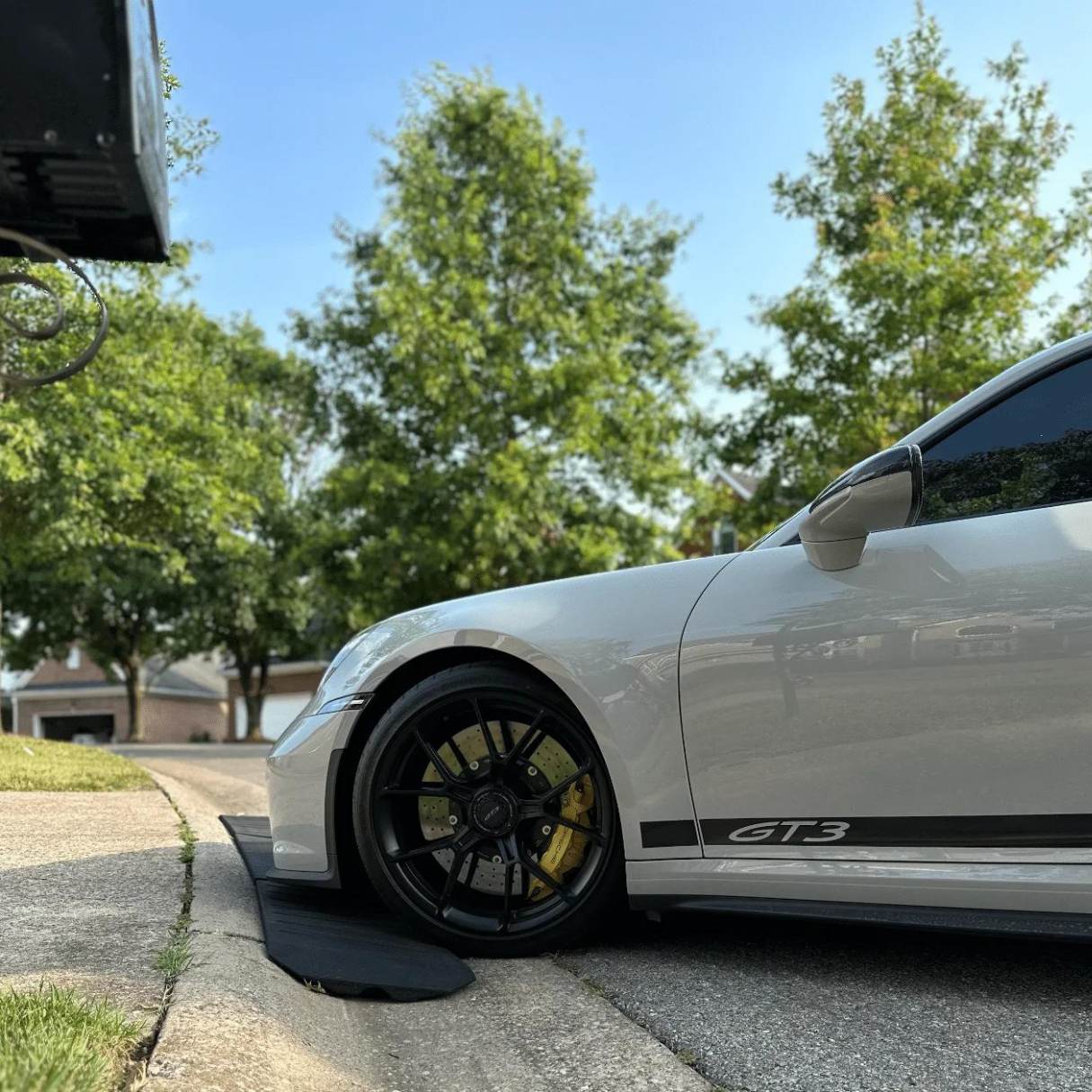
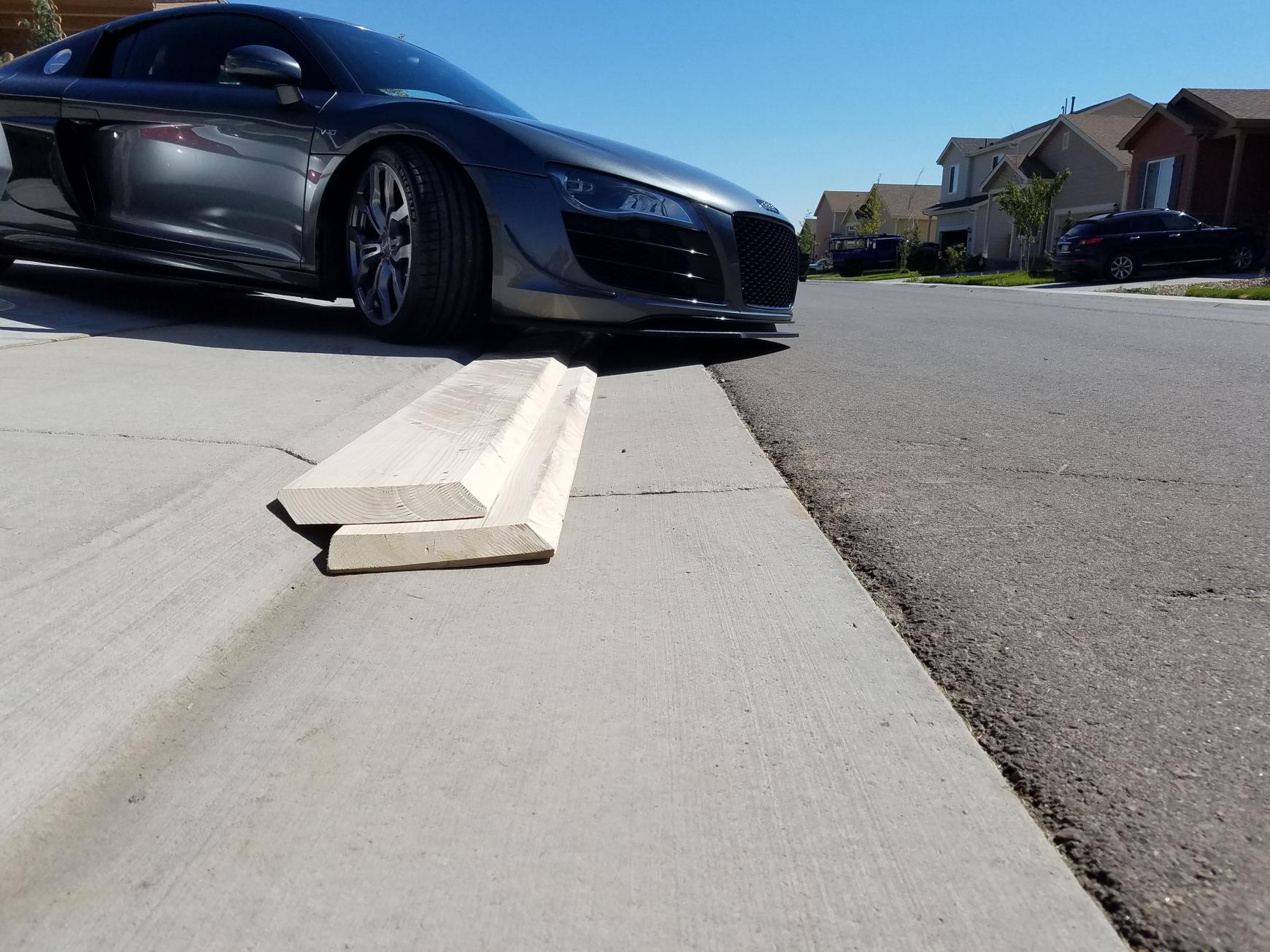
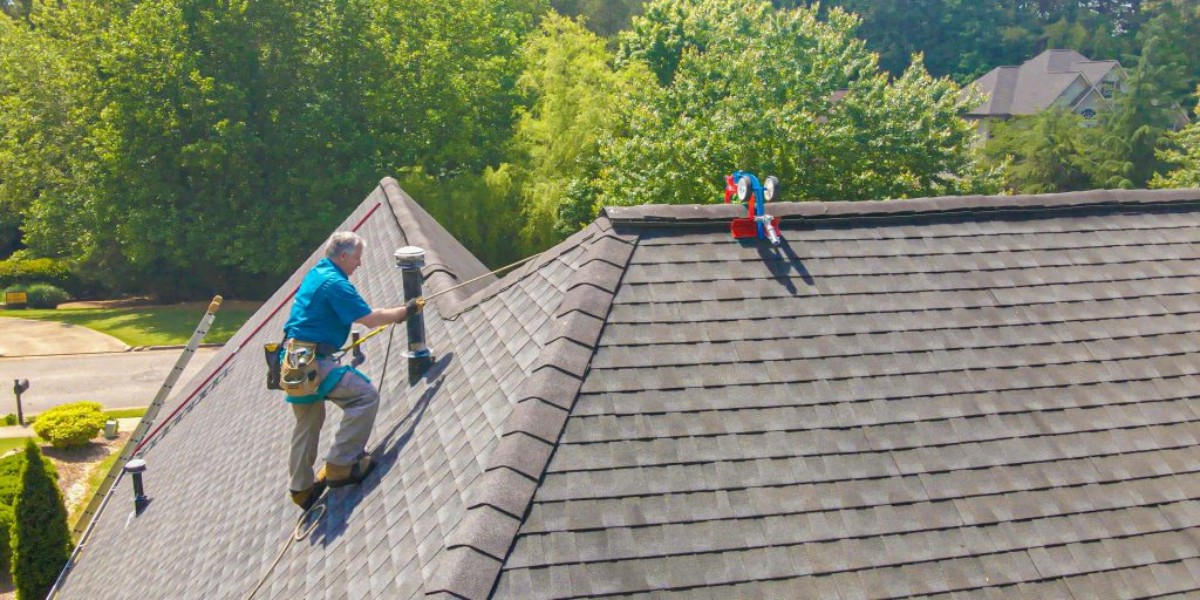
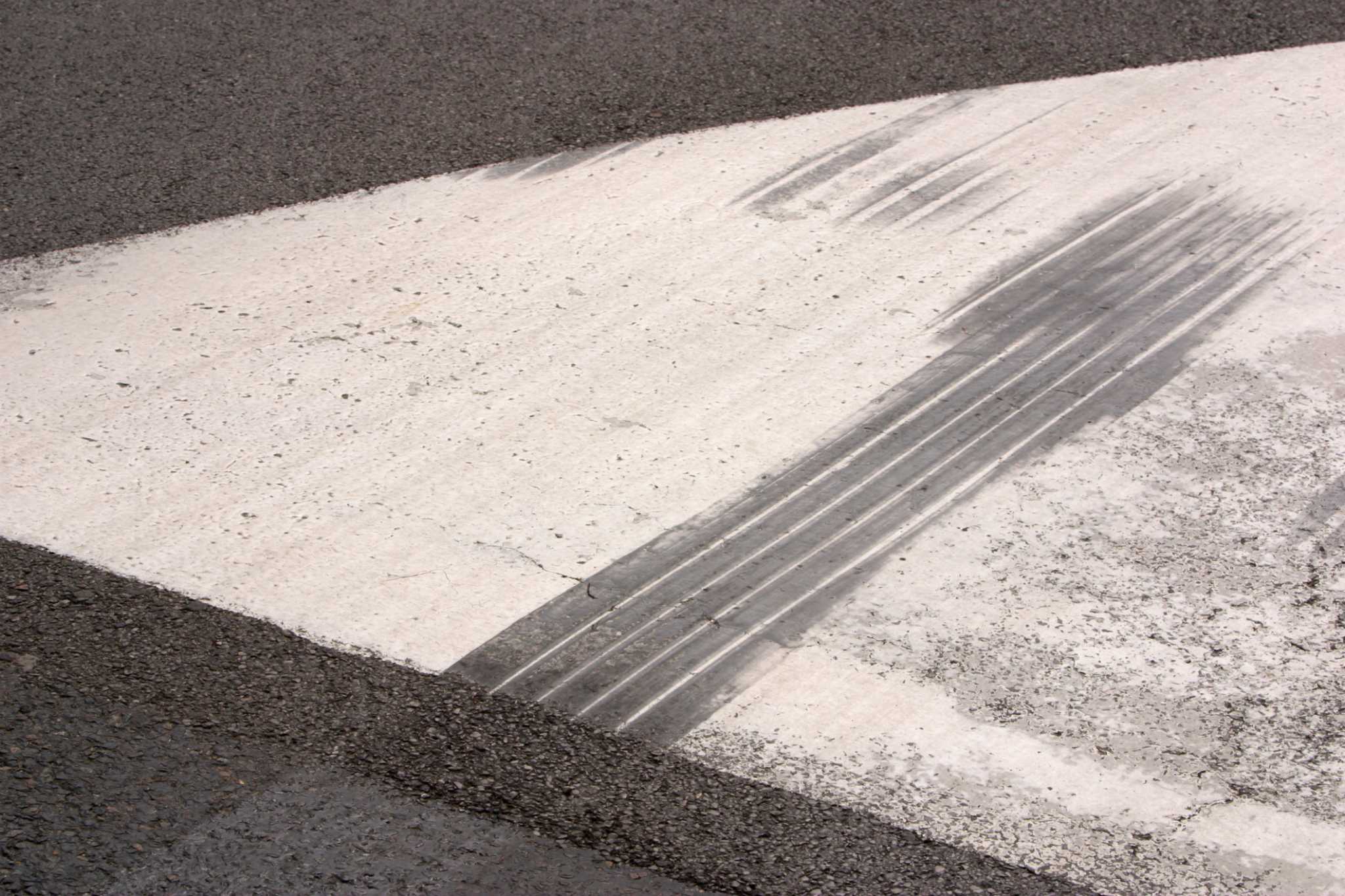


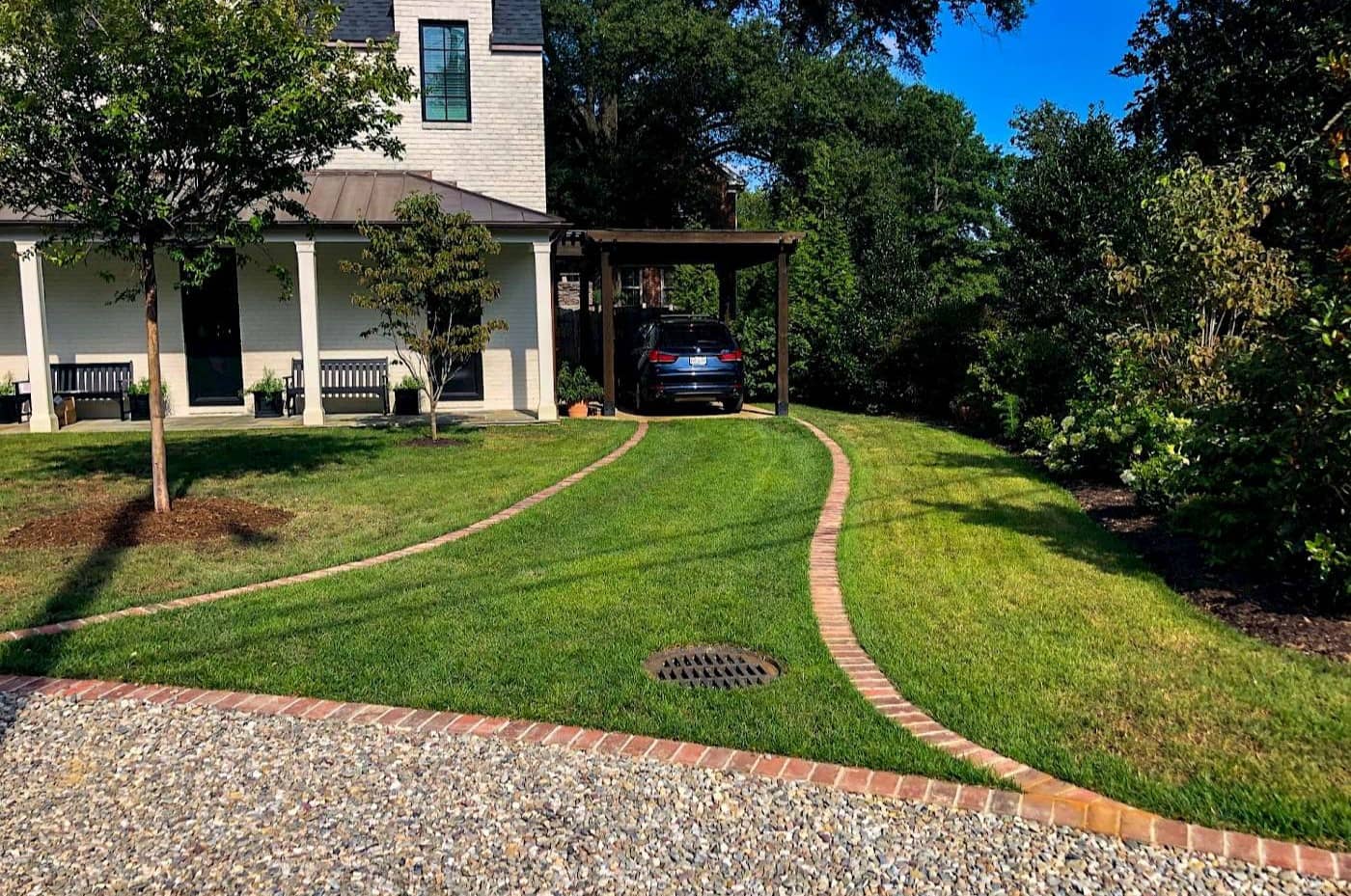




0 thoughts on “How To Get A Low Car Up A Steep Driveway”